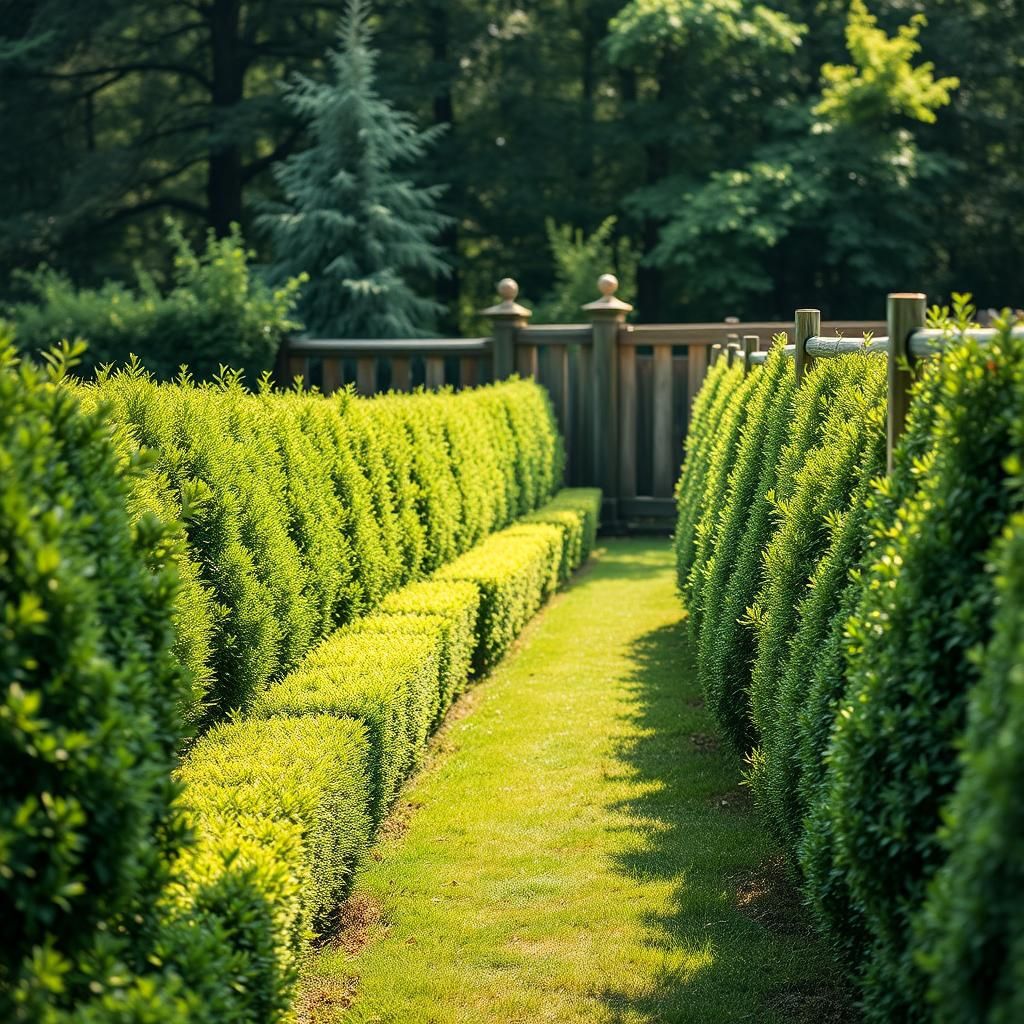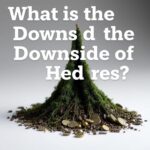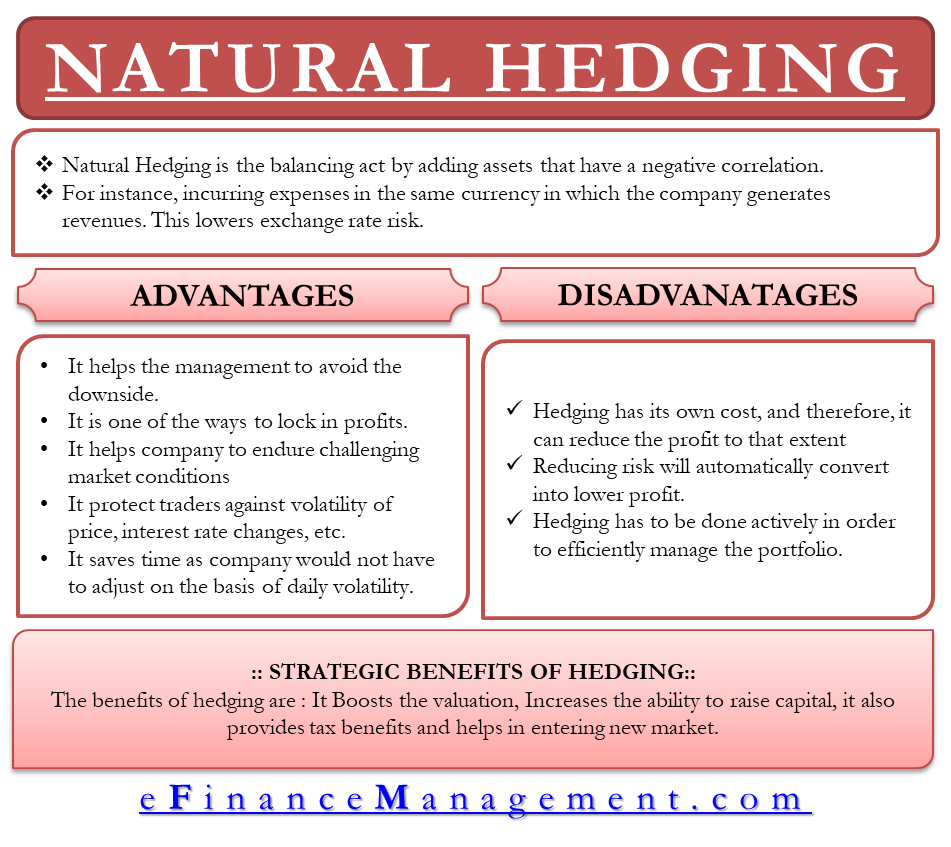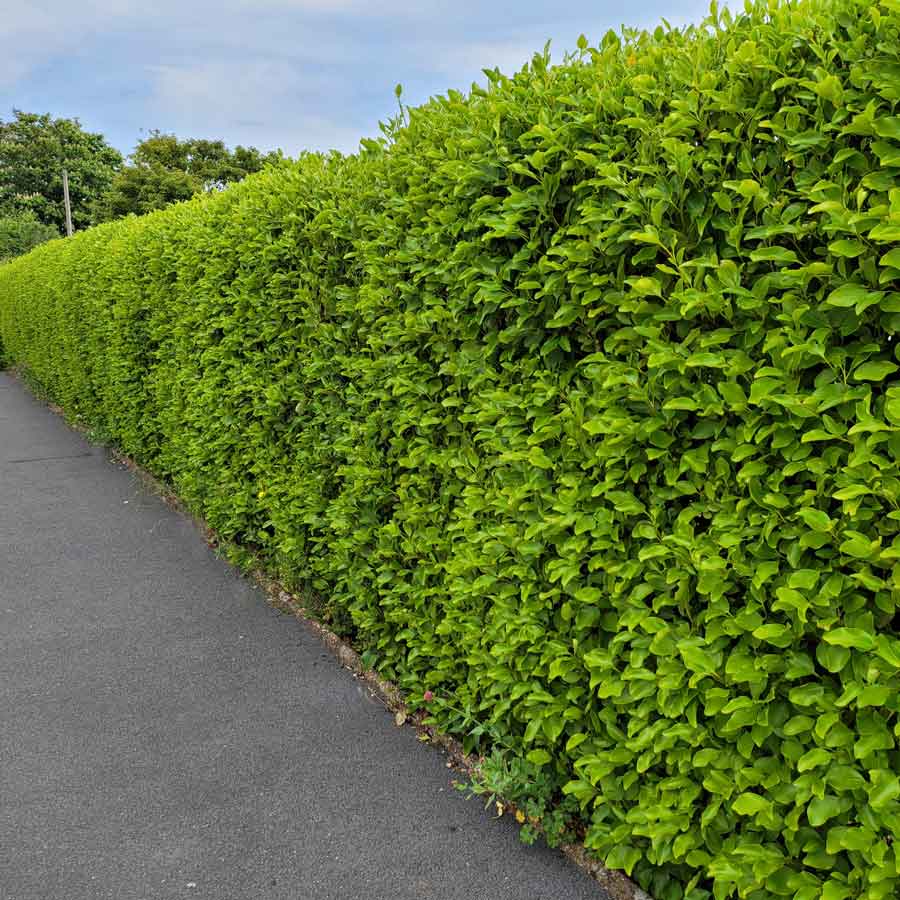Are Hedges Cheaper Than Fences? A Comprehensive Comparison of Costs and Benefits

When it comes to defining boundaries and enhancing the aesthetic appeal of properties, homeowners often grapple with the decision between hedges and fences. Both options offer distinct advantages and limitations, making the choice far from straightforward. This article provides a comprehensive comparison of costs and benefits associated with hedges and fences, examining not only initial installation expenses but also long-term maintenance, durability, and environmental impact. Understanding these factors can help homeowners make informed decisions that align with their budget, preferences, and landscape goals, ensuring they choose the most suitable solution for their outdoor spaces.
Are Hedges Cheaper Than Fences?
When considering whether hedges are cheaper than fences, it's essential to evaluate initial costs, maintenance, and lifespan. Generally, hedges may have a lower upfront cost since planting a row of shrubs or bushes can be less expensive than purchasing and installing a fence. However, the maintenance costs associated with hedges, such as trimming and irrigation, can accumulate over time. In contrast, fences can be installed in one go, offering long-term durability without the recurring expenses that come with protecting and nurturing plants. Ultimately, the choice between hedges and fences depends on various factors including aesthetics, local climate, and personal preference, which may influence the overall cost evaluation.
Initial Costs Comparison
The initial costs of hedges versus fences can vary significantly based on the type of materials used and the local market. Typically, planting a hedge involves costs such as purchasing plants, soil preparation, and possibly hiring a landscaper, while installing a fence requires the cost of materials like wood, vinyl, or metal and professional installation. Although at first glance, hedges may seem cheaper, it is crucial to consider that the long-term costs could balance out or even surpass the initial savings of planting hedges.
Maintenance Requirements
Maintaining hedges often requires regular tasks such as pruning, watering, and monitoring for pests, which can add to their overall cost. In contrast, once installed, a fence generally requires less maintenance, needing occasional repairs or cleaning depending on the material. Therefore, while hedges may initially save money, the ongoing commitment to their upkeep can make fences a more cost-effective choice over time for homeowners seeking minimal responsibility.
Lifespan and Durability
Fences are typically designed for longevity, with many materials lasting 10 years or more with proper care, whereas hedges depend on factors like species, climate, and care, generally having a shorter lifespan. Although hedges can provide a natural barrier and charm, they can also be vulnerable to diseases and environmental stress. This difference in lifespan means that while fences may require a higher initial investment, their durability often makes them a better financial choice in the long run.
Aesthetics and Property Value
The aesthetics provided by hedges can enhance a property's curb appeal, potentially improving its value. Dense, well-maintained hedges can offer privacy and noise reduction while appearing more natural than a fence. Conversely, some homeowners may prefer the clean lines of fences that can suit a more modern look. Depending on personal tastes, the choice between the two can influence property value, making this factor crucial in the overall cost analysis.
Local Climate Considerations
The local climate plays a significant role in determining whether hedges or fences are more economical. Regions with harsh winters or drought may pose challenges for maintaining healthy hedges, which can lead to increased costs. Conversely, fences can be designed to withstand various weather conditions without the need for regular upkeep related to plant health. The climate influences both the longevity of the option chosen as well as the potential costs associated with maintaining landscape elements.
| Factor | Hedges | Fences |
|---|---|---|
| Initial Costs | Lower (Plants) | Higher (Materials) |
| Maintenance Requirements | High (Pruning) | Low (Repairs) |
| Lifespan | Shorter (Species Dependent) | Longer (Durable Materials) |
| Aesthetics | Natural Appeal | Modern Look |
| Climate Impact | Variable (Health Risks) | Stable (Weather Resistant) |
Is a fence or hedge cheaper?

When considering whether a fence or a hedge is cheaper, there are several factors to take into account. Generally, the cost will depend on the type of materials used for the fence, the type of plants chosen for the hedge, labor costs, and the maintenance required over time.
Typically, a fence can be cheaper upfront, especially materials like wood, vinyl, or chain link. However, a hedge, while potentially higher in upfront costs due to planting and initial care, may require less maintenance in the long run if well established. Moreover, hedges can provide additional benefits like aesthetic appeal and wildlife habitat, which may offset some of the initial costs.
Cost of Materials
The cost of materials is a significant factor in determining whether a fence or hedge is cheaper. The primary considerations include:
- Type of Fence: Wood, vinyl, and chain link vary widely in price; wooden fences often require substantial maintenance.
- Plant Selection: The type of hedge (deciduous vs. evergreen) can influence initial investment costs and long-term care.
- Installation Costs: Some materials, like vinyl, may be easier to install than others, affecting overall project costs.
Installation Labor
Installation labor costs can also play a crucial role in the overall expense. Factors include:
- Professional vs. DIY: Hiring a professional can significantly increase costs, while DIY efforts for hedges can save money.
- Location: Costs can vary greatly depending on your geographical area and local labor rates.
- Complexity of Design: A more complex fence design may necessitate additional labor and effort compared to planting a hedge.
Maintenance Requirements
Ongoing maintenance requirements will vary significantly between fences and hedges. Considerations include:
See also:
- Fencing Maintenance: Wooden fences often require painting or staining, while metal types may rust if not treated.
- Hedge Trimming: Hedges may require annual pruning to maintain their shape and health, leading to labor costs.
- Longevity: Fences may have a shorter lifespan compared to well-maintained hedges, which could affect long-term pricing.
Aesthetic and Property Value Impacts
The aesthetic appeal and potential increase in property value due to either option should also be considered:
- Visual Appeal: Hedges may provide a more natural look and attract wildlife, enhancing property attractiveness.
- Perceived Value: Well-maintained hedges can potentially increase property value more than a basic fence.
- Neighborhood Standards: In some areas, anonymity and natural boundaries provided by hedges may be more desirable.
Regulatory and Zoning Considerations
Lastly, regulatory and zoning considerations can influence the decision:
- Height Restrictions: Local laws may restrict how tall a hedge can grow, potentially influencing property boundaries.
- Permits Needed: Some fencing projects may require permits that add to costs, while hedges often do not.
- Neighborhood Guidelines: Homeowners' associations may have strict rules regarding the type of boundaries allowed.
What is cheaper than fencing?

When considering alternatives to traditional fencing, there are several options that can serve similar purposes at a lower cost. These alternatives can provide safety, privacy, and boundary definition without the high expenses associated with building a standard fence. Below are some of the most common alternatives that may be more budget-friendly.
1. Low-Cost Garden Borders
Low-cost garden borders can be an effective way to define spaces and keep different areas of your garden organized without the expense of a full fence. Materials used for garden borders can include:
- Bricks - Old bricks can be repurposed to create simple but effective borders.
- Wooden Planks - Reclaimed or inexpensive lumber can serve as a rustic boundary.
- Plastic Edging - Affordable and easy to install, plastic edging can delineate your garden effectively.
2. Shrubs and Hedges
Using shrubs and hedges is a natural and aesthetically pleasing alternative to fencing. They not only provide privacy but also create a living barrier. Consider the following benefits:
- Cost-Effective - Many shrubs can be grown from cuttings or seeds, reducing initial expenses.
- Low Maintenance - Once established, many hedges require less upkeep than a traditional fence.
- Environmentally Friendly - Hedges contribute to local biodiversity and can improve air quality.
3. Chain Link Fencing
While chain link fencing is still a type of fence, it is generally much cheaper compared to wooden or vinyl fencing. This option offers several advantages:
- Affordability - Chain link is typically less expensive due to the lower cost of materials.
- Durability - It is resistant to weathering and can last for many years with minimal maintenance.
- Versatility - Chain link can be used for a variety of applications, including gardens and pools.
4. Natural Barriers
Natural barriers can include rocks, boulders, and even ditches that can serve to clearly mark property lines or deter animals. Some examples are:
- Rocks - Placing large stones along a boundary can create a natural and effective barrier.
- Boulders - Strategically placed boulders can shape your property's landscape while maintaining separation.
- Ditches - A simple ditch can function as a physical marker for boundaries.
5. Decorative Panels
Decorative panels can offer privacy and aesthetic appeal without the costs associated with traditional fencing. These panels can be made from a variety of materials and can be tailored to fit your style. Options include:
- Wooden Screens - Simple wooden screens can be constructed at a fraction of the cost of a full fence.
- Recycled Materials - Using reclaimed materials can create unique designs that are also eco-friendly.
- Fabric Screens - Outdoor fabric can be used to create movable barriers that provide flexibility at a lower cost.
What are the disadvantages of hedges?

Hedging is a strategy used by investors and companies to mitigate financial risks associated with market fluctuations. However, while hedges can provide a layer of security, they also come with several disadvantages that can affect their efficacy and the overall financial situation of the entity employing them.
Increased Costs
One significant disadvantage of hedging is the increased costs it incurs. Establishing and maintaining hedge positions often requires significant capital, which can impact the financial health of a company. These costs can manifest in various forms:
- Transaction Fees: Frequent buying and selling of hedge instruments typically leads to elevated transaction costs.
- Premiums: Options and other derivatives require premium payments that add to the total expense.
- Opportunity Cost: Money spent on hedging could have been used for investment in growth opportunities.
Potential for Reduced Profit
Another drawback of hedging is the potential for reduced profits. While hedging can protect against losses, it may also limit the upside potential of investments. Key aspects include:
See also:
- Cap on Gains: If a market moves favorably, hedging might cap the potential returns on those investments.
- Miscalculations: Incorrect hedging strategies may lead to missing out on favorable price movements that could have yielded higher profits.
- Complexity in Strategy: The more complex a hedge strategy, the greater the chance of mismanagement and missed profit opportunities.
Dependence on Market Conditions
The effectiveness of hedging strategies is often dependent on market conditions, which can be unpredictable. This reliance presents several issues:
- Market Volatility: Sudden market changes can render hedges ineffective if they are misaligned with the economic environment.
- Correlation Breakdown: The assumptions underlying hedging instruments may not hold true in extreme market scenarios.
- Regulatory Changes: New regulations in financial markets can impact the effectiveness of certain hedging strategies.
Complexity and Management Challenges
Hedging strategies can introduce significant complexity and management challenges. Key problems include:
- Understanding Derivatives: Knowledge about advanced products like options and futures is necessary, which can overwhelm some investors.
- Resource Requirements: Effectively managing hedging requires skilled personnel and dedicated resources, which may not be feasible for all companies.
- Monitoring and Adjustments: Regular monitoring and adjustment of positions are crucial, potentially leading to operational strains.
Psychological Factors
The use of hedging can also lead to various psychological factors that can impact decision-making. Important elements are:
- False Sense of Security: Investors may feel overconfident due to hedging, leading to riskier behaviors elsewhere.
- Anxiety due to Complexity: The complexity of hedging strategies can create anxiety and indecision among managers.
- Behavioral Biases: Hedge positions may cause biases that distort rational decision-making, especially in volatile times.
Can I use hedges instead of a fence?

Yes, you can use hedges instead of a fence to create boundaries, enhance privacy, and add aesthetic value to your property. Hedges can be a natural and often more appealing alternative to traditional fencing, providing various benefits. However, there are a few factors to consider when deciding whether to opt for hedges over a fence.
Advantages of Using Hedges
Hedges offer several benefits that can make them an attractive option compared to fences. Here are some advantages to consider:
- Natural Beauty: Hedges contribute to the overall aesthetic appeal of your landscape.
- Environmental Benefits: They provide habitats for wildlife and help improve air quality.
- Privacy: Well-maintained hedges can effectively block sight lines, offering increased seclusion.
Maintenance Requirements
While hedges can be a beautiful addition to your property, they do require ongoing maintenance. Here are the key aspects of hedge maintenance:
- Regular Trimming: Hedges need regular trimming to maintain their shape and health.
- Watering: Ensuring they receive adequate water, especially during dry spells, is essential.
- Pest Management: You may need to monitor and manage pests or diseases that can affect your hedges.
Legal Considerations
Before planting hedges, it's important to be aware of any local regulations or guidelines that may apply. Consider the following:
- Property Lines: Make sure to check property boundaries to avoid disputes with neighbors.
- Height Restrictions: Some areas may have restrictions on how tall hedges can grow.
- Local Ordinances: Consult local ordinances regarding hedge planting and maintenance standards.
Types of Hedges Suitable as Fences
Not all hedges are created equal, and some types are better suited for acting as fences than others. Here are some popular hedge choices:
- Boxwood: Dense and easily shaped, making it a great choice for formal designs.
- Laurel: Offers a thick screen and can grow relatively quickly.
- Privet: Fast-growing and hardy, it's effective for privacy and noise reduction.
Cost Considerations
While hedges can be an investment, it's important to consider the overall costs involved. Here are some financial aspects:
- Initial Planting Costs: The price of hedging plants can vary based on type and size.
- Ongoing Maintenance Costs: Factor in costs for trimming, watering, and pest control.
- Longevity: Consider the longevity and growth rates of different hedge varieties as a long-term investment.
Questions from Our Readers
Are hedges generally cheaper than fences?
Hedges can often be cheaper than fences, especially when considering the cost of materials and installation. However, the total cost can vary based on factors like the type of plants chosen and their maintenance needs over time.
What are the long-term costs associated with hedges compared to fences?
While hedges might have a lower initial cost, they can incur long-term expenses due to pruning, watering, and potential pest control. In contrast, fences may have higher upfront costs but generally require less ongoing maintenance.
Do hedges provide more benefits than fences for the same price?
Hedges offer additional benefits such as privacy, aesthetic appeal, and can even aid in wildlife conservation, which may justify any price differences over fences. They also provide natural insulation and noise reduction, adding value beyond their initial cost.
See also:
Can the choice between hedges and fences impact property value?
Yes, the choice between hedges and fences can significantly affect property value. Attractive and well-maintained hedges may enhance a property’s curb appeal, while a poorly kept hedge could detract from it, influencing potential buyers’ perceptions and offers.

If you want to read more articles like Are Hedges Cheaper Than Fences? A Comprehensive Comparison of Costs and Benefits, we recommend you check out our Hedges category.
Leave a Reply
Related Articles